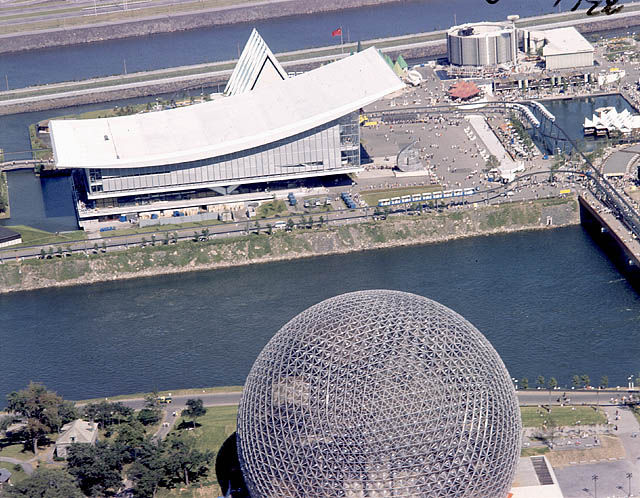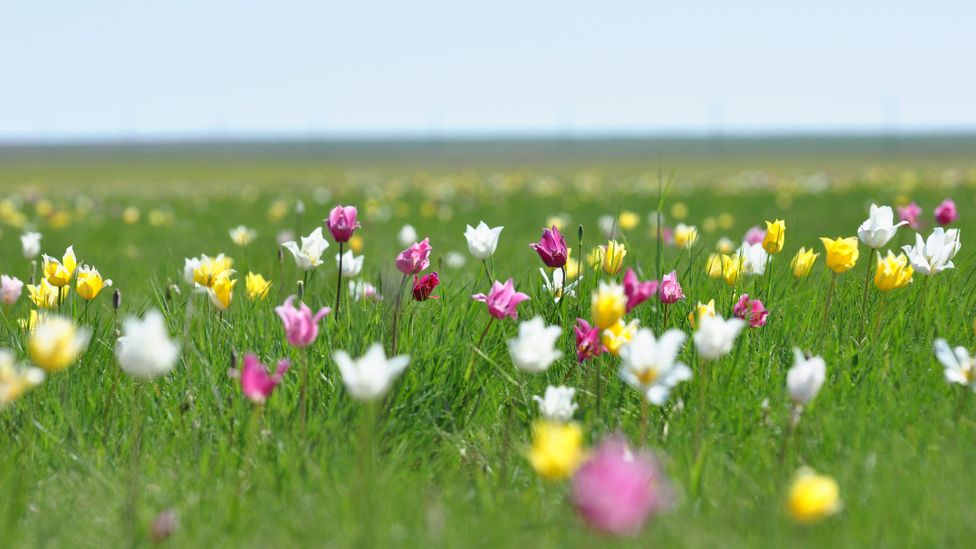
Document Source: Man and his world guide 1968
There were a number of plazas at Expo 67. This is one of them. (Found in expo67 index in guide official p 277 Asbestos Plaza p 165)
Asbestos Plaza is also near the Pavilion of Canada on Ile Notre-Dame. The Plaza is sponsored by the Québec Asbestos Mining Association and Québec asbestos was used almost exclusively in its construction, as well as for the construction of flower planters and for the public benches.
A fountain in the centre of the plaza is sculptured from a gigantic green rock of asbestos ore. Set on a six-foot pedestal of steel faced with asbestos, the fountain is 20 feet high. The rock is illuminated, and so also is the water from jets set in it which gives to the rock the effect of floating in the basin of the fountain.
Flowerpots and other items made of asbestos illustrate some of the 3,000 uses industry has made of the product.
You’d think asbestos would have been banned a long time ago, obviously not in the 60s when Expo was but that was a long time ago! They knew that asbestos caused cancer by the early 70s. The Current, on CBC radio, in December 2016 said that “Asbestos kills as many as 2,000 people every year in Canada.
The deadly material is in tens of thousands of homes and buildings across the country. In fact, the carcinogenic fibre has been part of the fabric of Canadian life for at least 130 years.” …
[Julie Ireton] says that up until 2011, the government actively supported asbestos, mining sales and the export of asbestos, "often to poor countries where regulations were lacking"
Asbestos mines operated in Canada from the late 1800s and were closed in 2011 but it wasn’t banned until 2018. The World Health Organization condemned asbestos and by 2016 it was banned in 50 countries.
Asbestos is still not banned in the United States. See
Asbestos is still used in some things in
Canada surprisingly. The timeline for their banning is December 31, 2022 and
December 31, 2029. You can see more at

